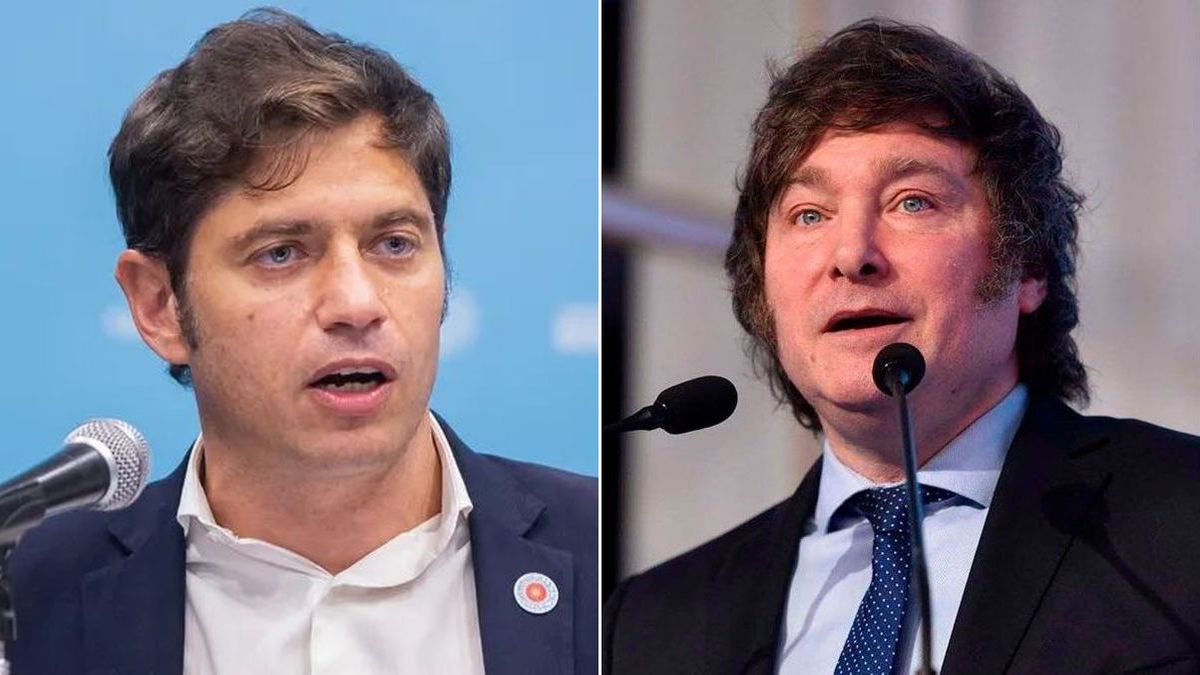The first stage of laundering closed with a much better balance than they expected both private analysts and in the government itself and now Progress is being made in the second, although with much less activity. There is an unresolved problem, due to which political differences emerge. It swallows up the provinces that did not join and can demand payment of back taxes.
During the first stage they declaredassets for US$32,000 million, of which some US$9,800 million correspond to registrable assetsaccounts and crypto assets. The remaining US$22 billion is cash.
They remain, now, a couple of weeks so that taxpayers who have not defined it so far can enter during the second stage at a cost of 10% of special tax on what is declared to exceed the value of US$100,000. At this stage cash cannot be declared.
The journey of the provinces in whitewashing
But that will only reach the national treasury. The treasuries of provinces that did not join the externalization program will be in a position to go against the taxpayer for the declared asset.and for past taxes that they understand were omitted. So far, those that could be reviewed “backwards” are province of Buenos Aires, Santa Fe, La Pampa, La Rioja, Formosa, Santa Cruz, Santiago del Estero and the City of Buenos Aires, although this is on the path to accession by including money laundering on the agenda of extraordinary sessions of the local legislature.
What can generate greater degree of uncertainty now in the province of Buenos Aires, since Governor Axel Kicillof, He made it clear that he has no intention of having Argentina’s largest state in terms of gross geographic product enter the plan. And it is expected that taxpayers who laundered at the national level will be able to receive claims for Gross Income Tax, Real Estate Tax and even certain types of Buenos Aires municipal taxes.
Some analysts consider that Depending on the needs of the provincial treasuries, it is likely that in these cases they will seek to recover revenue. In fact, according to a recent report from the Argentine Institute of Fiscal Analysis (IARAF), in 2025 the provinces will lose 23% of the co-participation funds.
In that context, and depending on the Government’s management of discretionary funds, which include National Treasury Contributions (ATN), it is likely that some governors in need of money will try to go for the goods or money declared in laundering, if they access national data.
How does the second stage come?
The reality is that in the second stage is almost zero. Analysts consider that most of the laundering of registrable assets was already done during 2017 with the laundering of the Mauricio Macri government. At that time, just over US$100,000 million in properties and accounts abroad and in the country were declared, but the cash was only about US$8,000 million.
“We are seeing that there is very little movement”explained to Scope, CEO of the GNP Group, Guillermo Pérez, who pointed out that in the first stage “there were many small investors” who declared smaller figures. pointed out that “the first stage had the attraction that it could be bleached at 5%.” But, beyond that, he maintains that the success of laundering was due to the Personal Property Income Regime (REIBP) that assured the taxpayer the tax burden of that tribute for five periods, at the same time that money laundering It has a fiscal stability clause until 2038.
dollars mattress bleaching
Depositphotos
In this way, what happened is prevented from happening. with the 2017 laundering, which due to fiscal needs the government of Mauricio Macri applied Personal Assets to them when it had promised that it was not going to do so.
Pérez also considered that another element that played in favor of the Government’s plan was the fact that the Argentina has been placed on the “white list” of signatory countries of the agreement for the exchange of tax information of the Organization for Economic Cooperation and Development (OECD). “During the last stage of Alberto Fernández’s government there was relaxation, which could have put us on the gray list,” he explained.
The OECD tax information exchange agreement runs parallel to that of the United States. This country does not adhere, but has its own agreements (FACTA), which includes Argentina. OECD members have put together three groups of countries. Those who comply in detail (White List), those who relaxed their controls (Gray List) and those who do not comply (Black List).
What is the tax cap?
It is a mechanism that guarantees the taxpayer who declares an asset that ARCA will not go looking for taxes associated with the externalized asset in the past. Assuming that a person declared having US$100,000 as of December 31, 2023, it can be assumed that they managed to raise that sum by not declaring billing, so ARCA could claim VAT and Income Tax from them.
The plug also operates as follows: sAssuming that the taxpayer makes an error in declaring the value of a registrable asset exceeds 10%, money laundering will only occur for that asset.. If you declared other assets, the benefit will continue.
The province of Buenos Aires, by not joining the money laundering, It does not have a “tax cap” and Therefore, an asset located in Buenos Aires territory may be affected by subsequent claims for Gross Income and Real Estate Tax during the current period and in the past.
Source: Ambito
I am Pierce Boyd, a driven and ambitious professional working in the news industry. I have been writing for 24 Hours Worlds for over five years, specializing in sports section coverage. During my tenure at the publication, I have built an impressive portfolio of articles that has earned me a reputation as an experienced journalist and content creator.




